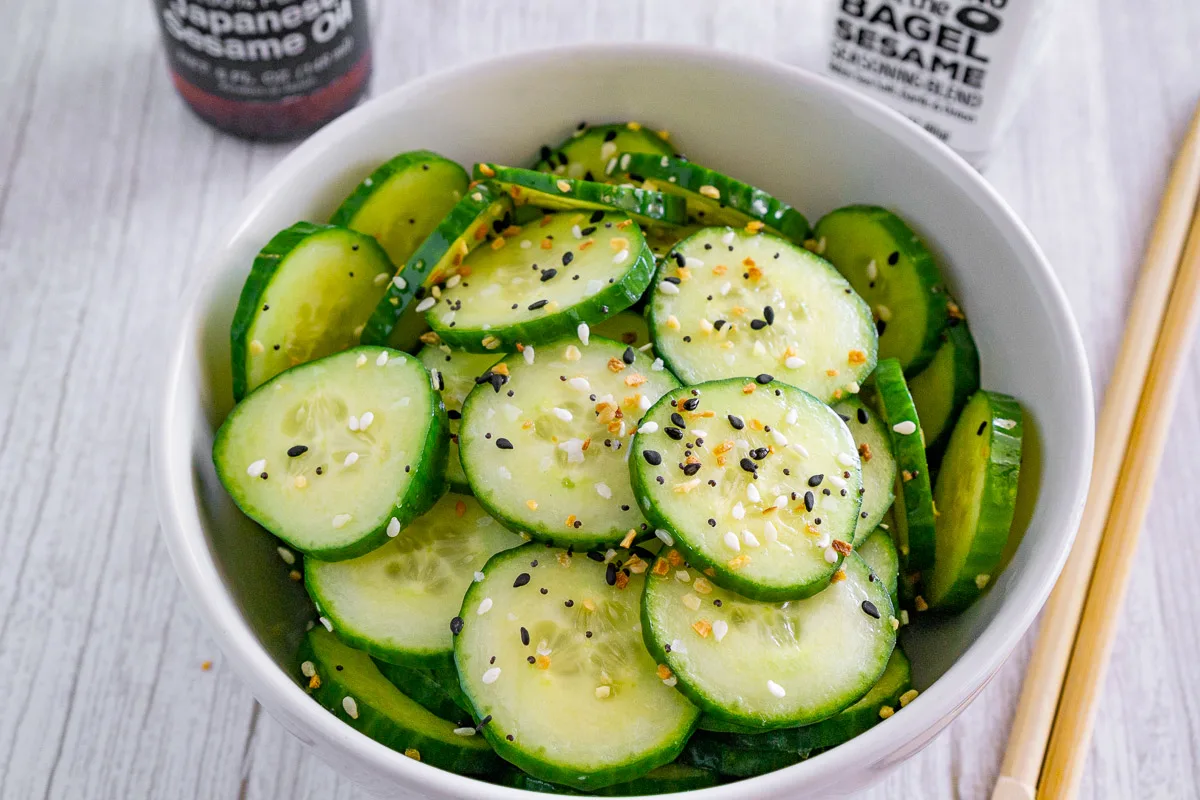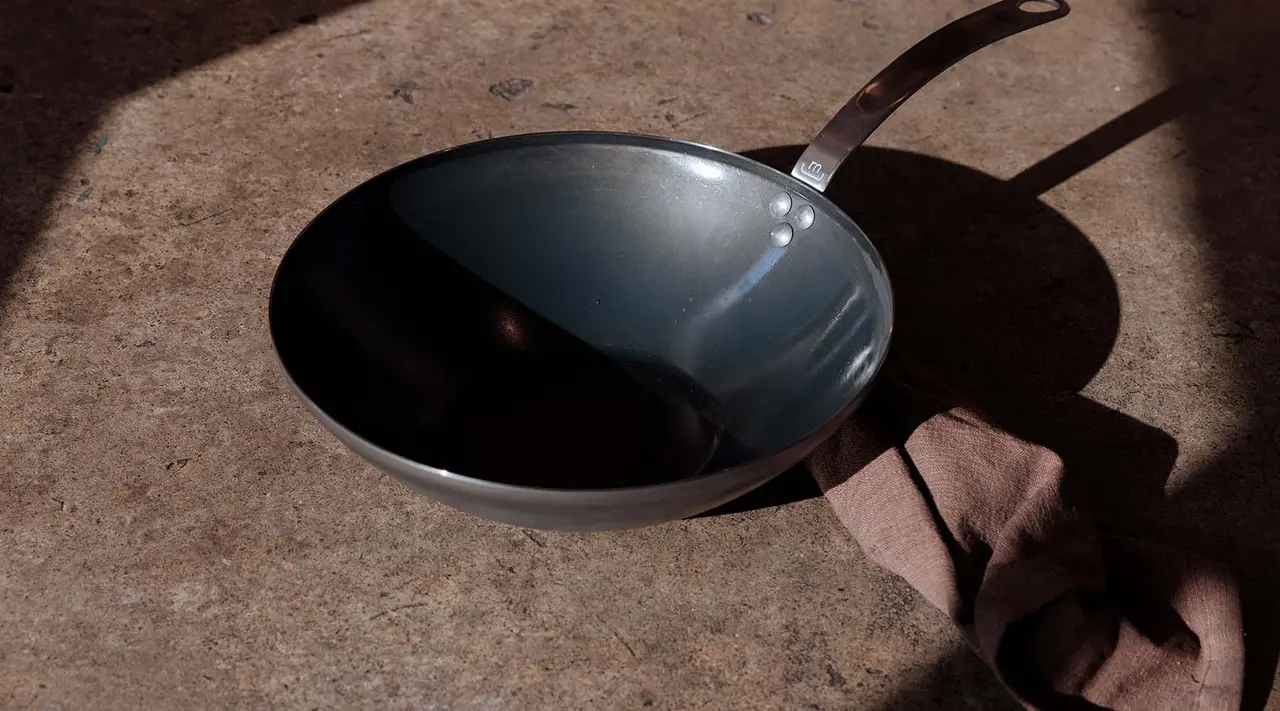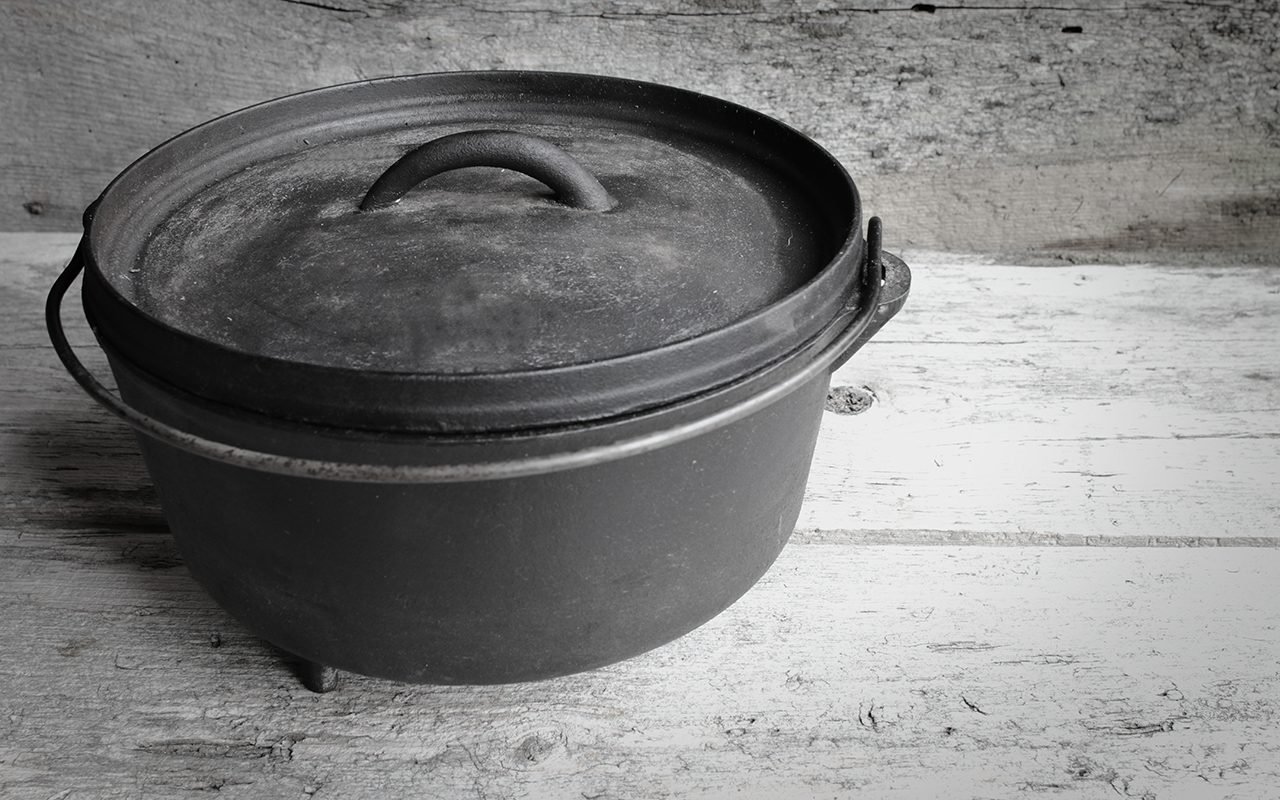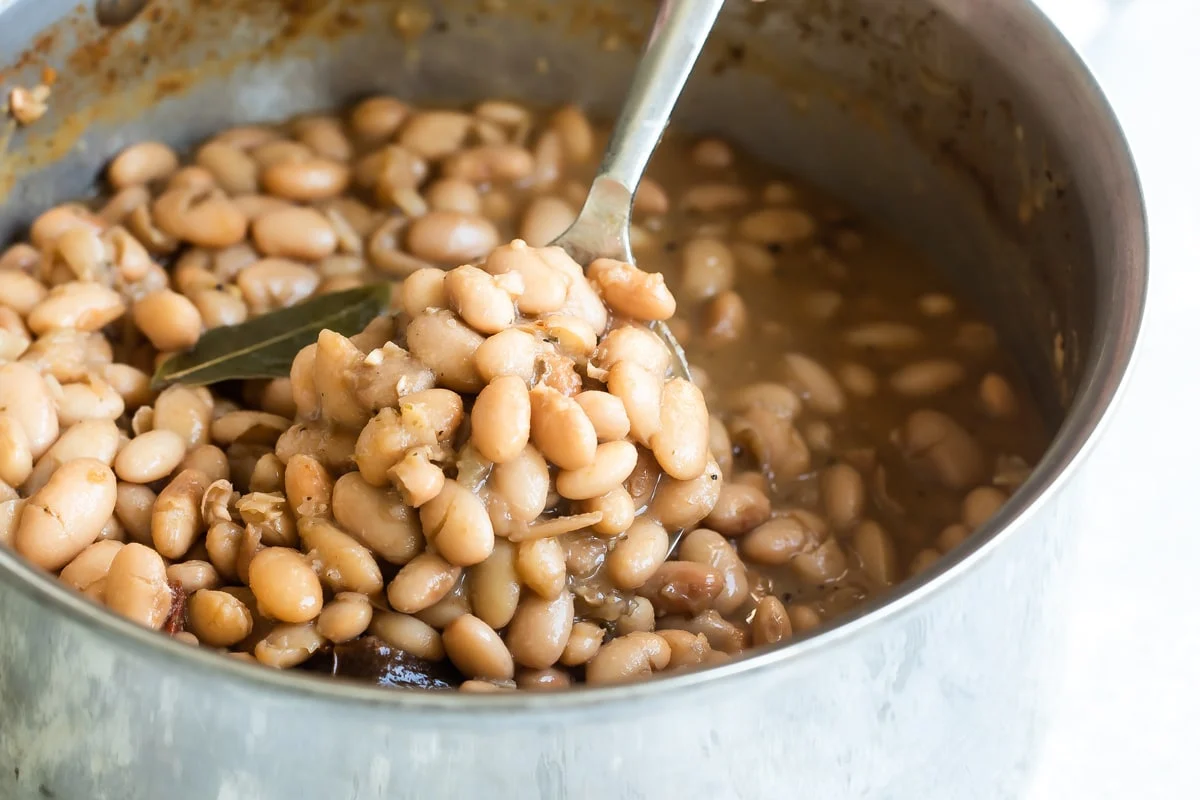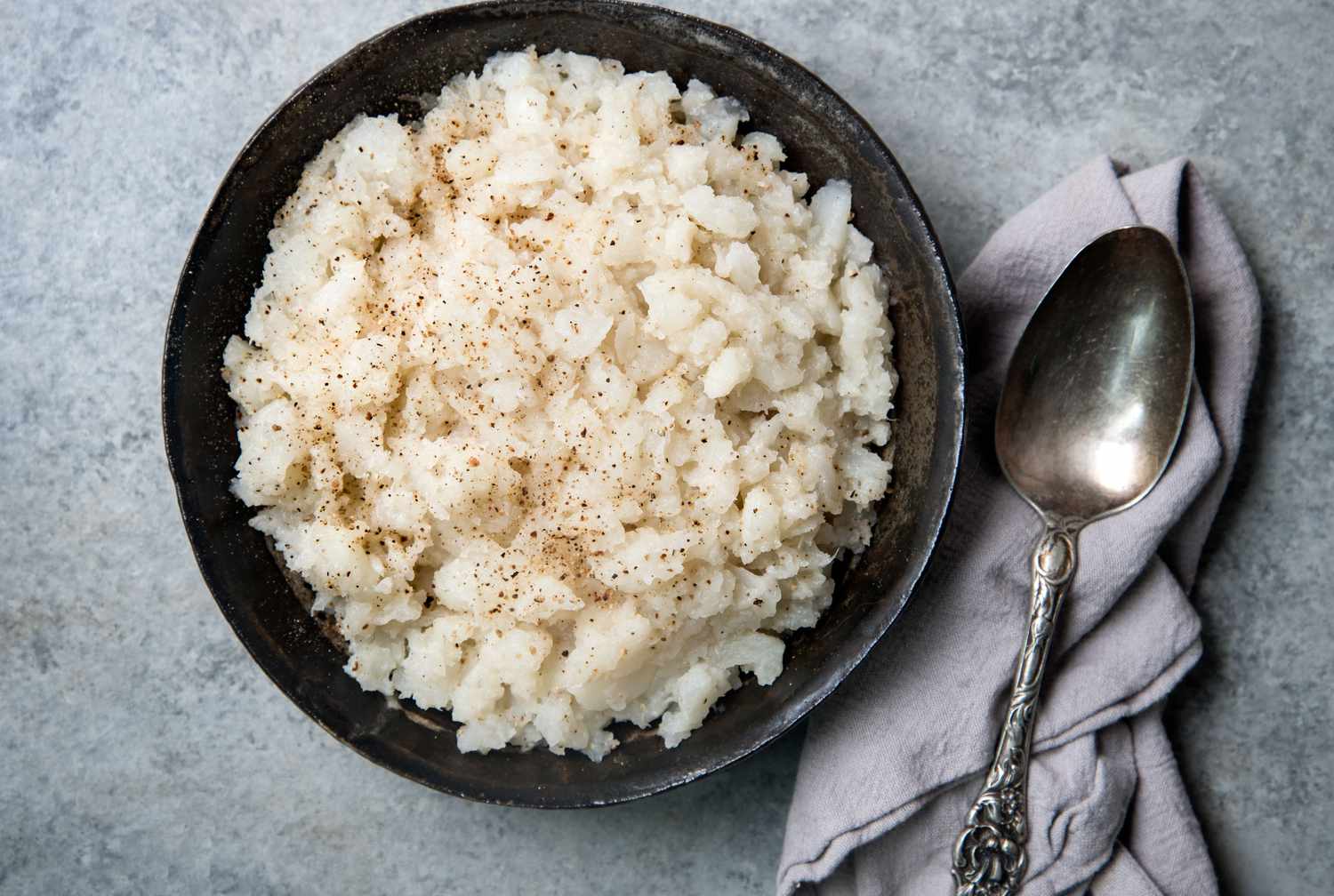How to Cut Down Salt In Soup
Are you looking for ways to make your favorite soup recipes healthier by cutting down on salt? Well, you’ve come to the right place! In this article, we will explore some easy and effective methods to reduce the sodium content in your soups without sacrificing flavor. Let’s dive in!
Why is it important to reduce salt in soup?
Sodium is an essential mineral needed by the body in small amounts. However, consuming too much salt can have negative health impacts, such as increased blood pressure and water retention. Soup is notorious for its sodium content, especially if you’re using canned or processed ingredients. By reducing the salt in your soup, you’re not only making it healthier but also taking a step toward maintaining a balanced diet.
1. Choose low-sodium broth or stock
The base of any good soup is the broth or stock. When selecting a broth or stock, opt for the low-sodium versions available in your local grocery store. These alternatives can contain up to 50% less sodium compared to regular options, making them an excellent starting point for salt reduction in your soup.
2. Use fresh herbs and spices
Adding fresh herbs and spices can infuse your soup with robust flavors that help mask the absence of salt. Embrace the aromatic power of herbs like basil, thyme, rosemary, and oregano to enhance the taste of your soup. Additionally, experiment with spices such as cumin, turmeric, paprika, and garlic powder to add depth and complexity to your soup.
3. Increase the use of vegetables
Vegetables not only add nutritional value to your soup but can also contribute natural flavor and reduce the need for salt. By incorporating a variety of vegetables like carrots, celery, onions, and bell peppers, you can create a delicious and well-balanced soup. Try to use fresh vegetables whenever possible, as canned vegetables often contain added salt.
4. Rinse or soak high-sodium ingredients
If you’re using high-sodium ingredients like canned beans or olives, make sure to rinse them thoroughly before adding them to your soup. Rinsing can help remove excess salt. Additionally, if you’re using salty meats such as bacon or ham, consider soaking them in water for a short period to reduce the salt content.
5. Gradually reduce salt
If you’re used to adding a specific amount of salt to your soup, try reducing it gradually over time. Your taste buds will adjust to the lower sodium levels, and eventually, you won’t miss the additional salt. Start by cutting down the salt by half, and then continue to reduce it until you find the perfect balance.
6. Choose low-sodium condiments and sauces
When adding condiments or sauces to your soup, check the labels for low-sodium alternatives. Many popular condiments and sauces have reduced sodium versions available, which can significantly contribute to reducing the overall salt content in your soup.
Conclusion
Reducing salt in your soup doesn’t mean sacrificing flavor. By following these tips, you can create delicious and healthy soups that are lower in sodium. Remember, making small changes over time can lead to big improvements in your overall well-being. So, get creative in the kitchen and enjoy your flavorful, low-sodium soups!
Was this page helpful?
Read Next: How To Cut Black Pepper Taste
